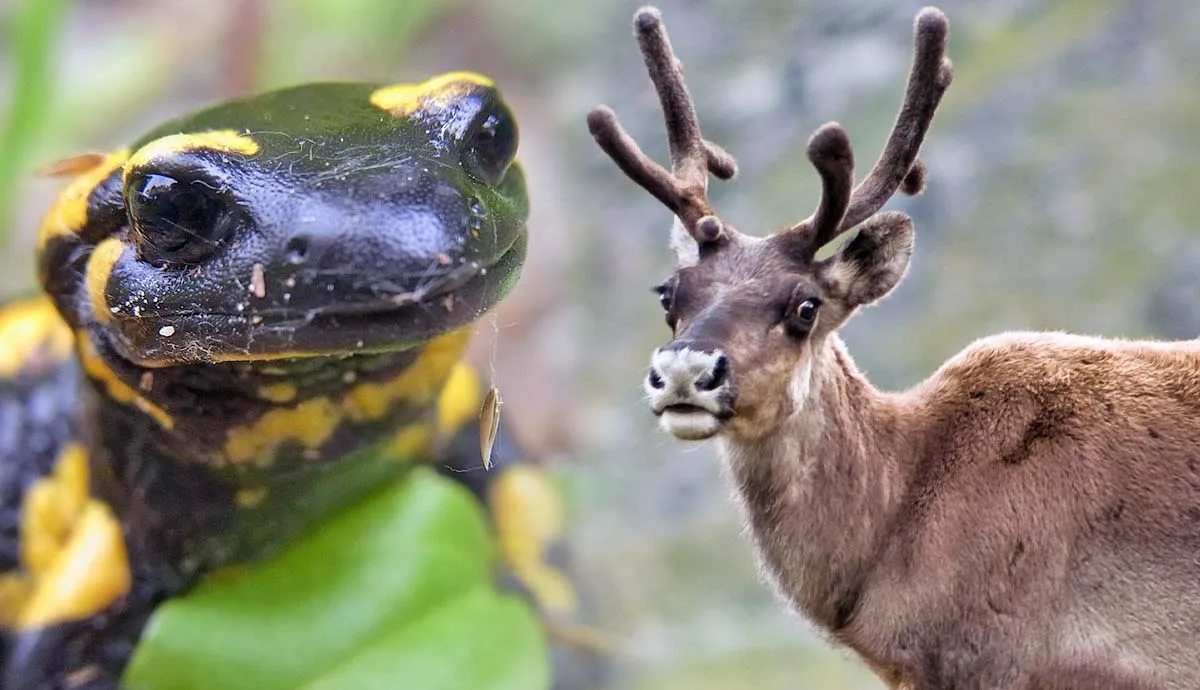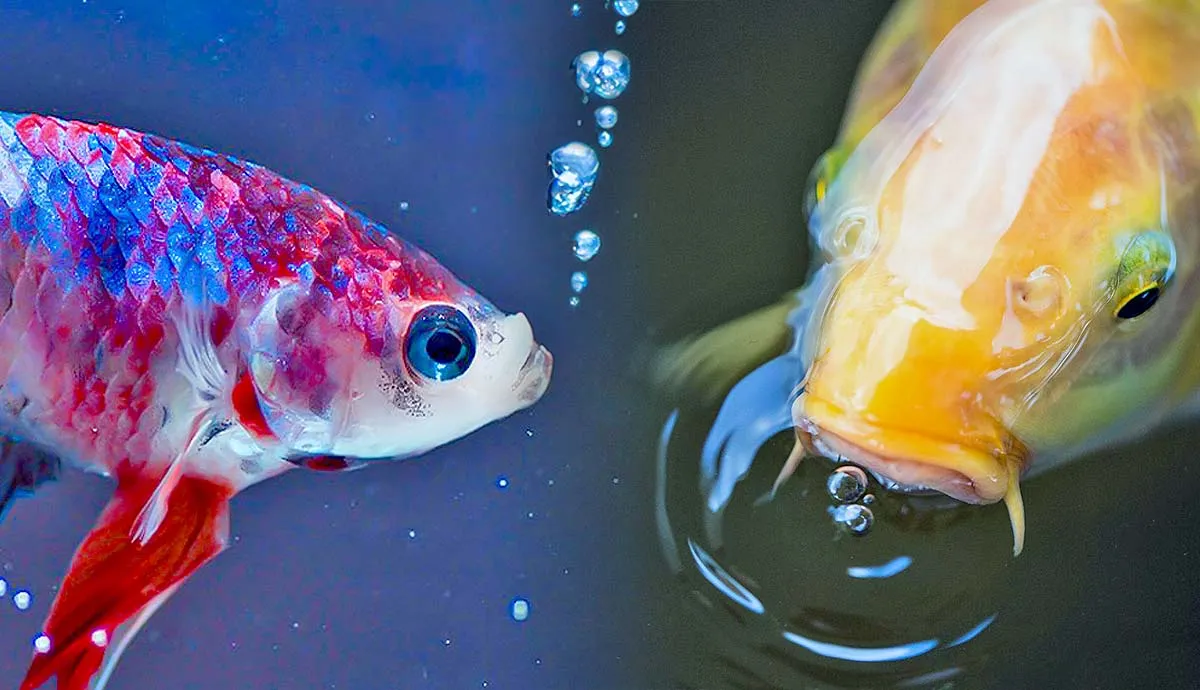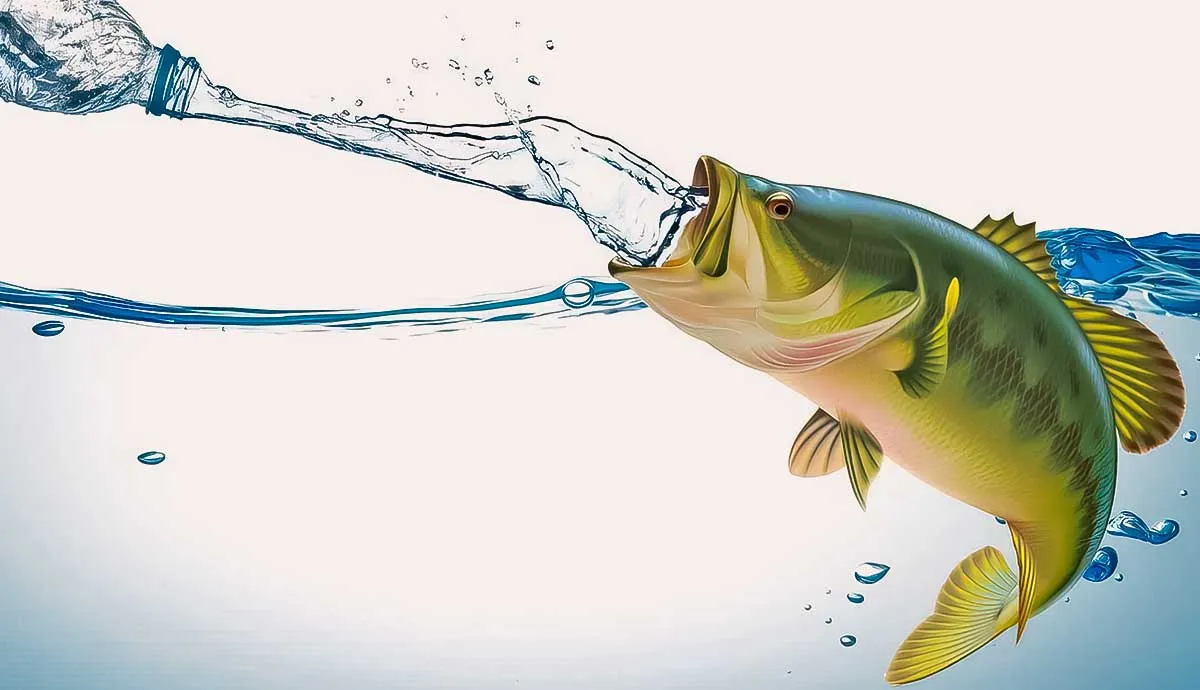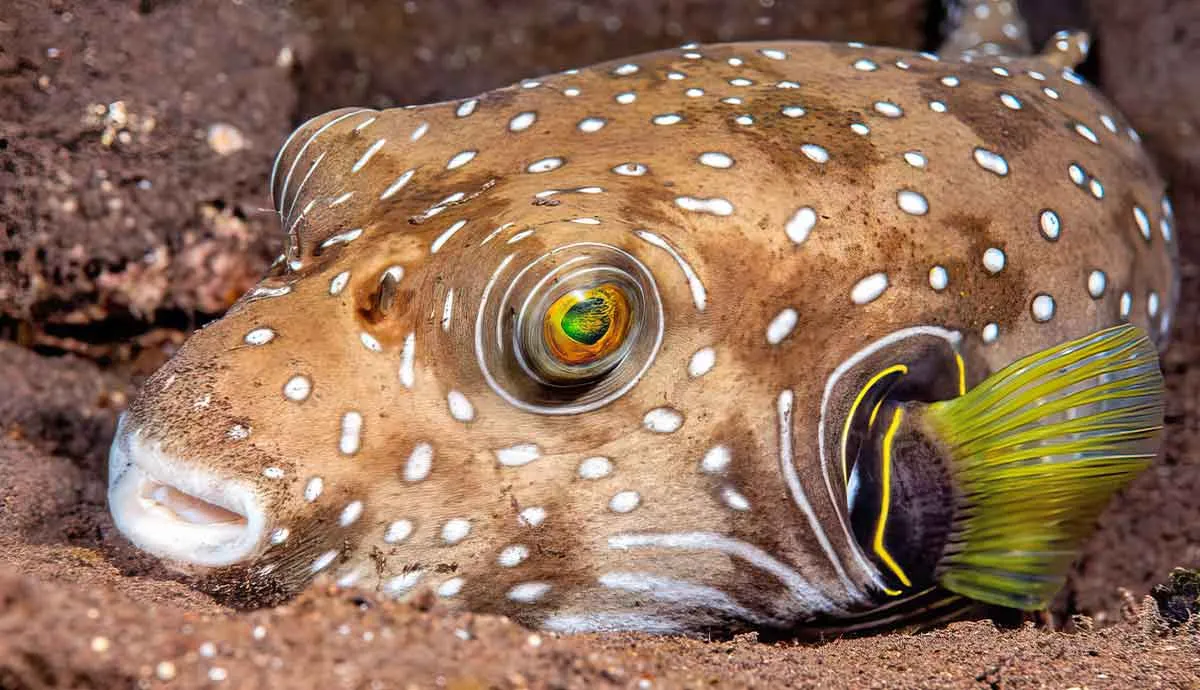Unlike any other amphibian on Earth, the axolotl is an adorable aquatic-dwelling animal with external gills and a gentle, smiling face. Unfortunately, not many axolotls remain in the wild, though they are still bred in captivity.
Habitat loss, water pollution, and invasive species have caused the near extinction of the axolotl. Read on to discover how the axolotl has become critically endangered and what efforts scientists are making to conserve these creatures.
What Is an Axolotl?
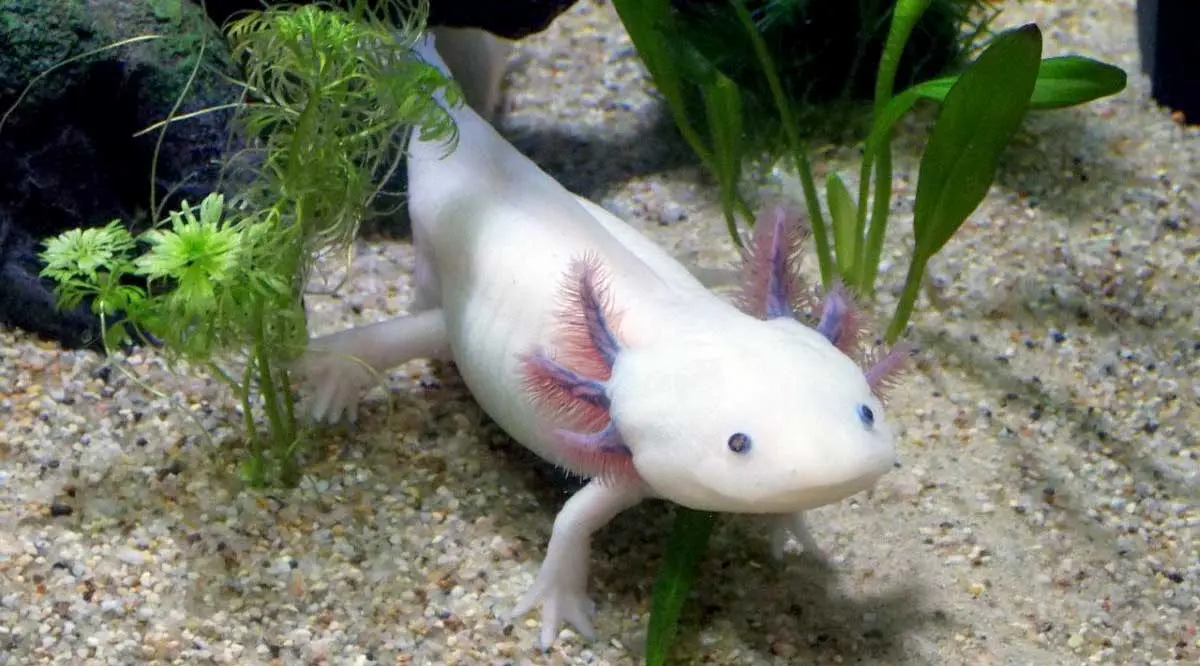
A member of the salamander family, the axolotl is an amphibian that lives in Lake Xochimilco in Mexico City. This unique and adorable creature grows to about 10 inches long. It has small feet and legs with a long tail.
Most amphibians go through a larval stage that keeps them in the water. Then, as they become adults, they grow out of these characteristics to live on land. In contrast, axolotls retain traits from their larval state into adulthood. For example, they have an external gill on each side of their head that they rely on to breathe, even though they have a set of lungs.
The axolotls are generally black, mottled brown, or white with pink or red gills. They prey on fish, mollusks, insects, and even other axolotls. Their name comes from the Aztec god of fire and lightning, who often took the form of a salamander.
These remarkable animals can regrow body parts, including their brain, spine, and heart.
Reasons for Being Critically Endangered
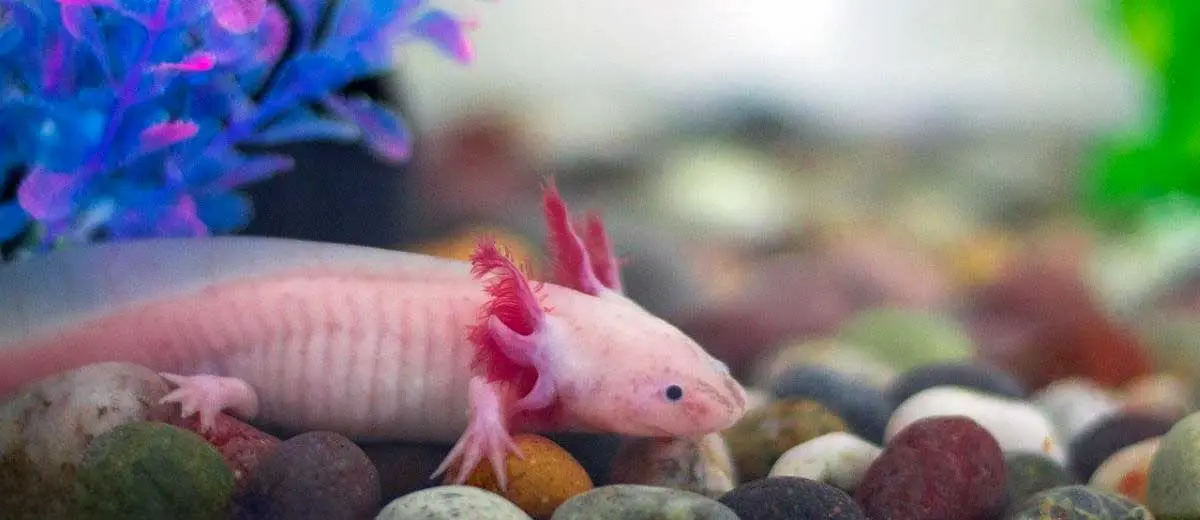
In 2019, the IUCN classified the axolotl as critically endangered. Ecologists estimate that only around 1,000 still exist in the wild. Unfortunately, due to the low genetic diversity, inbreeding is beginning to cause genetic issues for the remaining axolotl population.
These creatures are decreasing in the wild and face extinction without severe conservation efforts, but what led to their decline? The answer, in short, has to do with human involvement.
Habitat Loss Threatens Axolotls’ Homes
Axolotls only live in the waters of Mexico City’s Lake Xochimilco and the canals leading to it. Since this is such a small habitat range, urbanization and tourist activity have threatened these delicate ecosystems.
These critters used to also live in Lake Chalco, but in the 1970s, this lake and many other large lakes in Mexico City were drained to prevent flooding to areas inhabited by people.
Additionally, the canals that lead to Lake Xochimilco along the southern edge of Mexico City are beginning to dry up.
Water Pollution Endangers the Axolotl
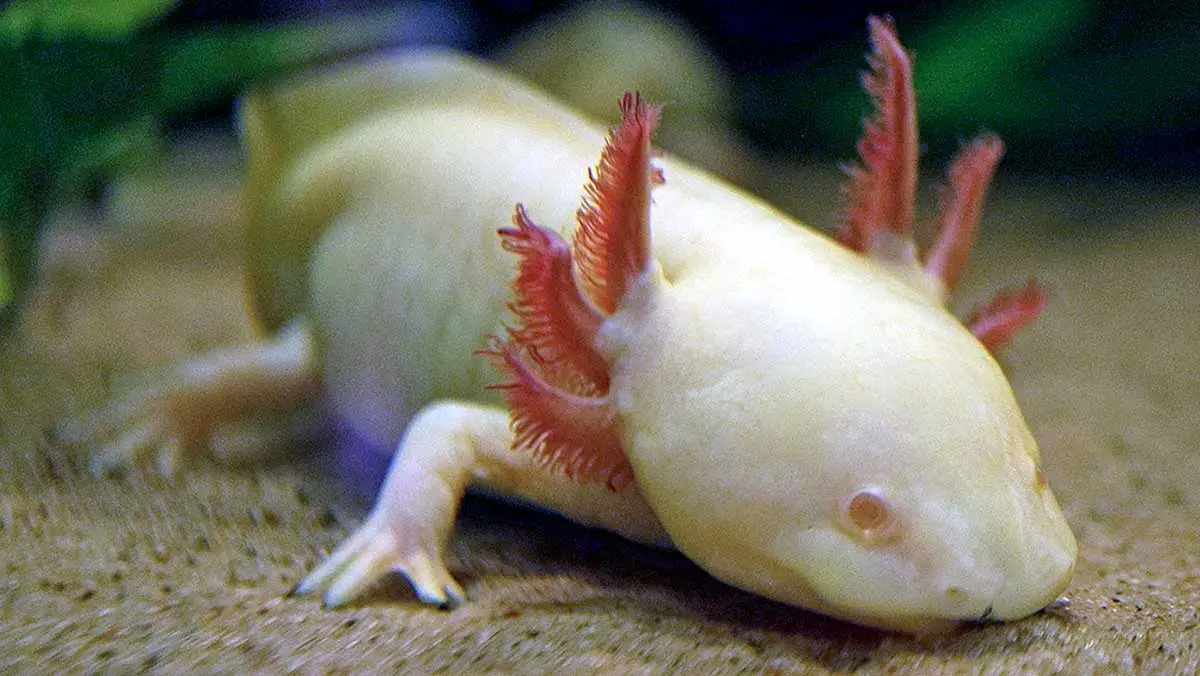
The increase in Mexico City’s tourism has led to an increase in trash, plastic, and other waste in Lake Xochimilco. Also, high levels of ammonia spilled from the waste treatment plants into the canals where axolotls live.
Large concentrations of bacteria, nutrients, and heavy metals contaminate the water and hurt the axolotls. After large storms, sewage enters through the waterways and pollutes the habitat, as well.
Invasive Species Challenge the Axolotl
In the 1970s and 80s, to support a new industry, the Mexican government introduced tilapia and carp into the canals of Mexico City. This initiative was meant to combat hunger and help support the economy, but it had an unforeseen consequence.
Tilapia and carp eat axolotls. They eat these amphibians as eggs, larvae, and adults. Before the introduction of these invasive fish species, the axolotl had no significant predators, so this introduction has been detrimental to their survival.
How Are Conservationists Working to Protect Axolotls?
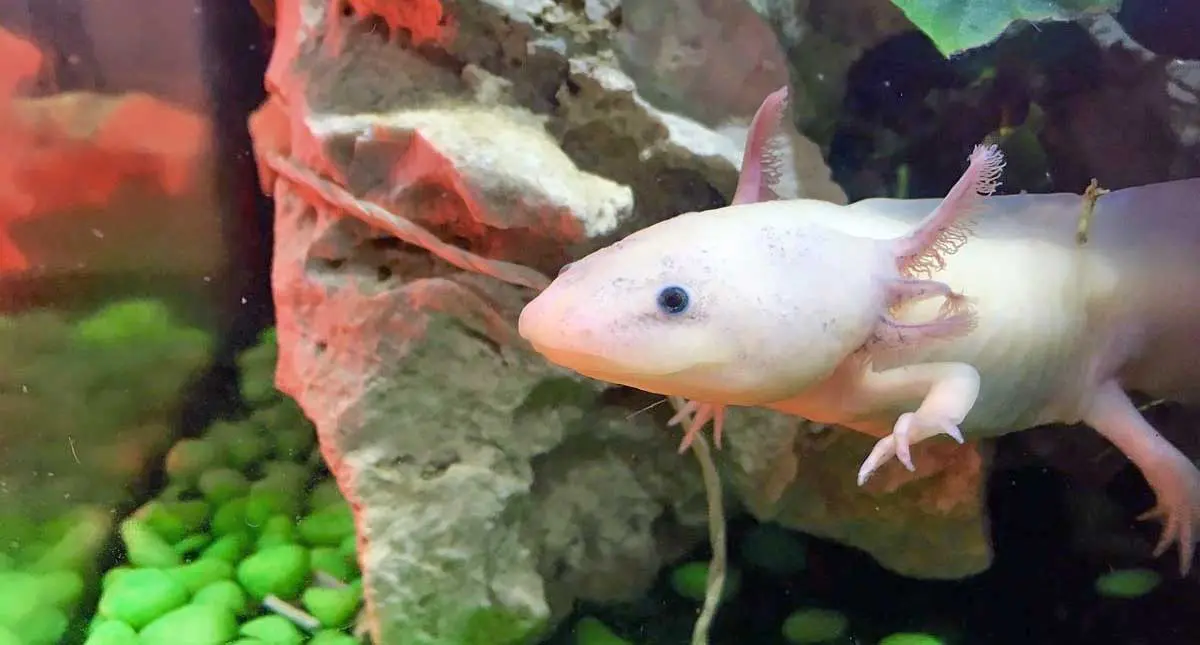
Although these creatures are nearly extinct in the wild, they do breed well in captivity. Many zoos and labs have axolotls that they breed and care for in hopes of reintroducing them to the wild.
However, before reintroduction, their original habitat needs some work. Conservationists are working to improve the water quality of Lake Xochimilco and the surrounding canals. They are also working to remove the invasive species.
Scientists discourage the use of pesticides and fertilizers near these water sources. They are also creating artificial wetlands to house the axolotls to reintroduce them.
They are working to raise awareness and educate both locals and tourists about how to keep these creatures safe.
Can You Keep Axolotls as a Pet?

Axolotls are great tank pets. However, it is important to exercise caution if you choose to get an axolotl as a pet. There are many illegal pet traders who have taken these creatures from their natural habitats to sell to interested buyers.
There are legitimate captively bred axolotls on the market, but you need to be sure that you get these exotic pets from a legitimate source, such as a reputable breeder or rescue center. You may also need to check if your state allows you to keep these animals as pets. Various laws are in place about keeping exotic pets, especially endangered species, and these laws vary by location.
The Future Looks Bright for Axolotls
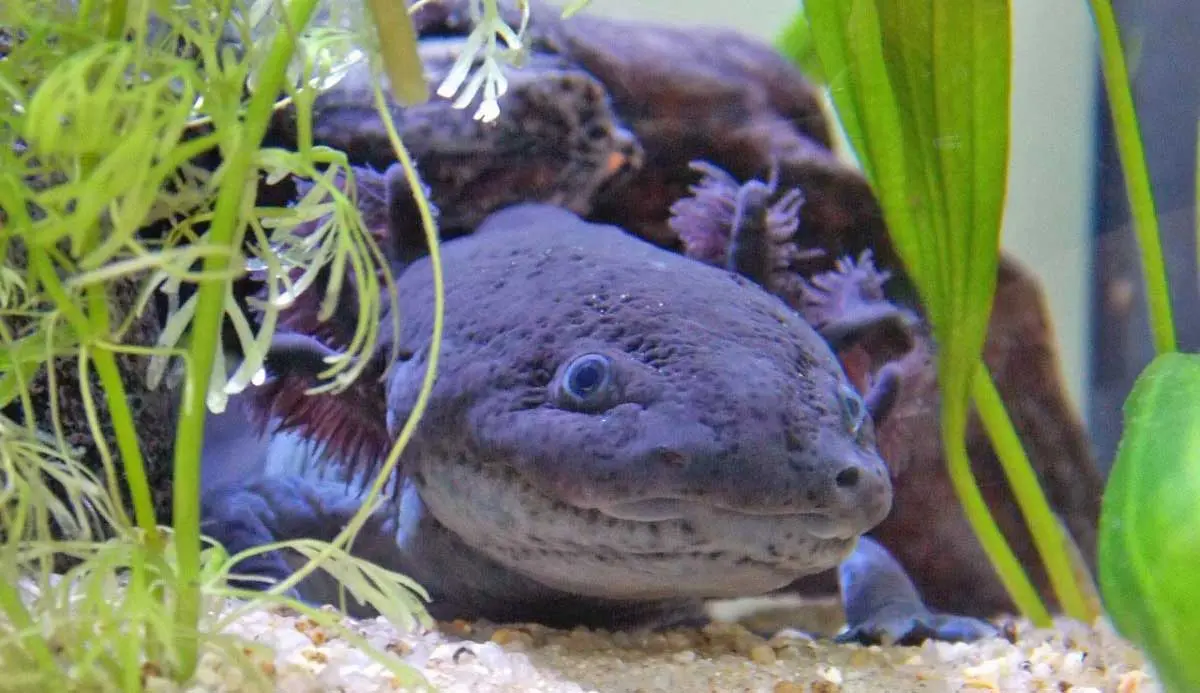
Axolotls are such adorable amphibians. These unique and interesting species have a long journey ahead. Conservationists not only have to breed these animals in captivity to reintroduce healthy specimens to the wild, but they also must make sure they have a home to go back to.
Locally, many people have joined efforts to preserve the axolotl by producing art and souvenirs with the animal’s likeness on it. These small trinkets make people more aware of the animals, and in turn, more aware of how close we are to losing them.
Hopefully, conservation efforts can preserve this lesser-known animal for future generations.


